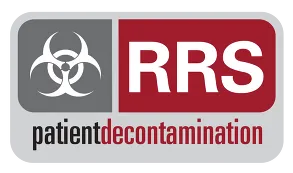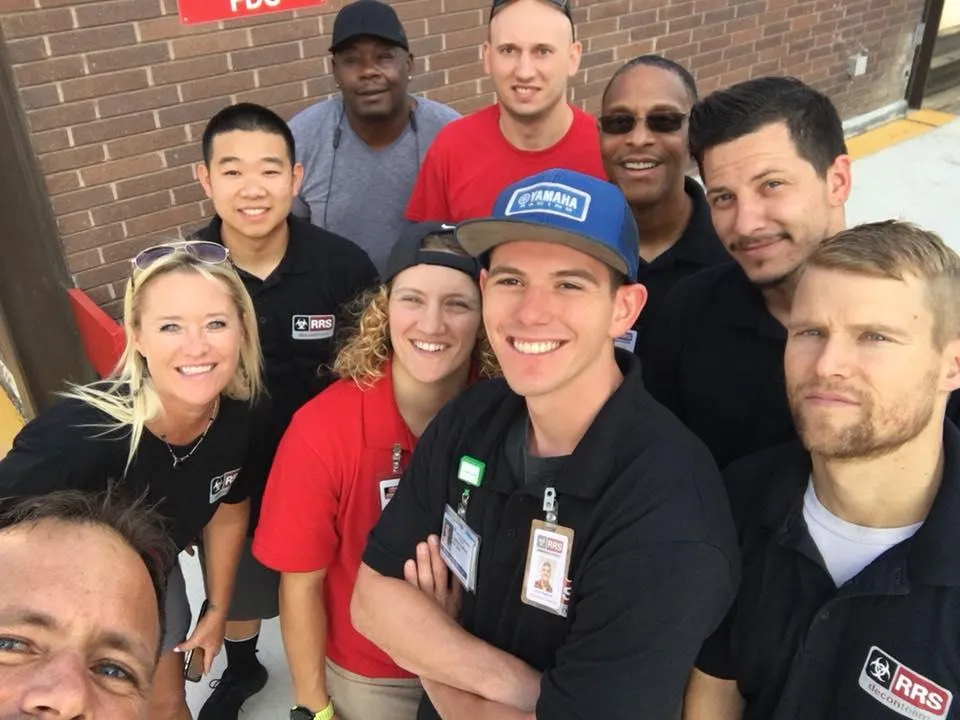
Decontamination Considerations for Helping Pediatric & Special Needs Patients
Little Patients, Big Challenges—Are You Ready?
A nurse told me about a hazmat drill that went sideways—kids screaming, wheelchairs stuck, and a decon line that turned into a tangle of panic. She said, “We thought we had it, but the little ones threw us for a loop.”
It’s a gut punch: regular decon’s tough, but pediatric and special needs patients? That’s a whole different beast. Their small bodies, fragile conditions, and wild emotions don’t play by adult rules—and if you’re not prepped, it’s chaos waiting to happen.
The best hospitals do things differently for these vulnerable folks—real tricks from the front lines—so you’re not the one caught off guard. And even better, when you outsource your patient decontamination program through RRS, you know your decon team is trained and ready to handle every patient large or small.
Temp’s a Life-or-Death Deal
Ever try hosing down a toddler with cold water? A kid hit with a chemical spill, shivering into hypothermia in minutes because the shower was ice. Hot water’s no picnic either—it can crank up chemical absorption, especially on thin skin.
The science says tepid’s your friend—85-95°F—keeps kids and frail patients safe without shock (Pediatric Emergency Care, 2014). Top hospitals rig decon stations with temp controls—fast.
Your Move: Test your showers—can your crew dial it right under pressure?
Calm’s Half the Battle—They’re Not Just Wet, They’re Scared
I’ve watched a decon tent turn into a circus—kids crying, a wheelchair-bound patient bolting, all because no one slowed down to explain. These patients don’t just need clean—they need calm. Top crews lean on psych first aid: soft voices, simple words like “We’re washing the bad stuff off,” maybe a blanket for comfort. Research backs it—distress cuts cooperation by 40% in pediatric decon (Disaster Medicine and Public Health Preparedness, 2019).
Your Move: Train your team to talk it down—steady wins this race.
Speed’s Different—Slow and Steady Saves ‘Em
Ever try rushing a kid with cerebral palsy through a decon shower? Good luck. Standard “get ‘em through” drills flop here—special needs patients might need lifts, extra hands, or just more time. I’ve seen a hospital clock 10 minutes per adult, then stall out with a fragile patient—exposure risks climbed. The best tweak their flow: portable decon kits, wider lanes, or staged cleaning for the toughest cases (American Academy of Pediatrics, 2020).
Your Move: Run a drill with a kid or wheelchair in mind—where’s your bottleneck?
Backup’s a Must—You Can’t DIY This Alone
Here’s the raw truth: in-house teams crumble under this load. A pediatric ED faced a pesticide spill—five kids, two with autism—and their staff burned out fast. Leaders don’t mess around—they tap pros who’ve got it wired. Outsourcing with RRS means 24/7 crews trained for the small and fragile, gear that fits, and setups that flex—OSHA-compliant, no guesswork. One hospital cut response time by half and kept those little lungs breathing easy.
Your Move: Don’t wait ‘til you’re swamped—bring in the co-pilot who’s done it.
Don’t Let Vulnerable Mean Vulnerable to Chaos
These patients—kids, special needs folks—they’re not edge cases; they’re your reality check. The best hospitals don’t just hope for the best—they build for it, with science, smarts, and a little heart. Compliance? Tight. Response? Smooth. Safety? Locked in. If your decon’s not ready for the smallest or frailest, let’s fix that. Grab a free consult with RRS—we’ll walk your setup, spot the gaps, and get you ahead, no fluff, just results.
📞 Schedule a Free Compliance Consultation
This isn’t just prep—it’s protecting the ones who need it most. Let’s make it right.
Article Sources
Learn more from these source materials:
Pediatric Emergency Care. (2014). Pediatric Decontamination in the Emergency Department. https://journals.lww.com/pec-online/fulltext/2014/06000/pediatric_decontamination_in_the_emergency.5.aspx
Journal of Emergency Nursing. (2018). PPE Fit for Pediatric Patients. https://www.jenonline.org/article/S0099-1767(18)30002-8/fulltext
Disaster Medicine and Public Health Preparedness. (2019). Psychological Considerations in Pediatric Decontamination. https://www.cambridge.org/core/journals/disaster-medicine-and-public-health-preparedness/article/abs/psychological-considerations-in-pediatric-decontamination/
American Academy of Pediatrics. (2020). Disaster Preparedness for Pediatric Patients.https://pediatrics.aappublications.org/content/145/Supplement_2/S175



